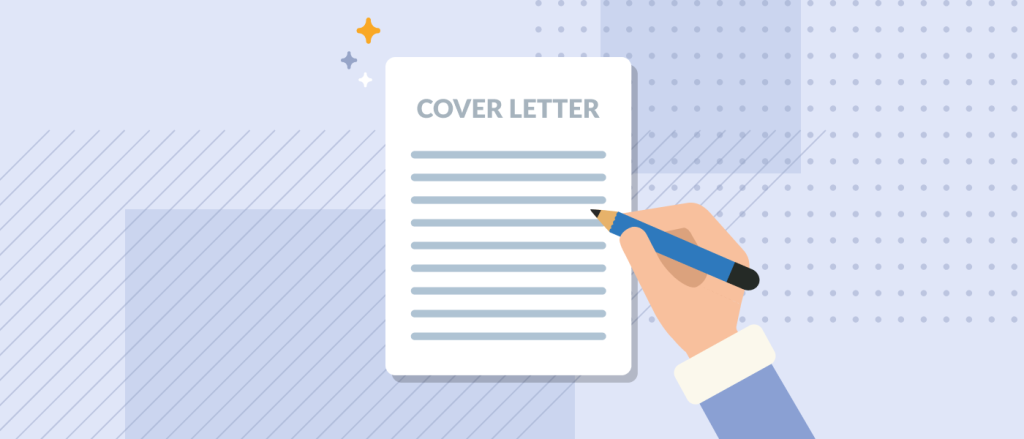In today’s competitive job market, a compelling cover letter can be the key to standing out among a sea of applicants. While your resume provides a snapshot of your qualifications, a well-crafted cover letter tells your story and showcases your personality, enthusiasm, and fit for the role. Whether you’re a seasoned professional or just starting your career journey, mastering the art of the cover letter is essential. Let’s dive into the steps and strategies to create a cover letter that grabs attention and leaves a lasting impression.
1. Understand the Purpose of a Cover Letter
A cover letter is not just a formality; it’s a strategic tool to:
- Introduce yourself and express your interest in the position.
- Highlight your most relevant skills and experiences.
- Explain why you’re a good fit for the company.
- Provide a narrative that complements your resume.
2. Research the Company and Role
Before you start writing, research is crucial. Understand the company’s culture, mission, and the specifics of the role you’re applying for. Tailoring your cover letter to reflect this understanding shows employers that you are genuinely interested and have taken the time to learn about them.
Pro Tip: Mention specific projects or values of the company that resonate with you and align with your professional goals.
3. Start Strong with a Hook
The opening of your cover letter should grab attention immediately. Avoid generic statements and instead start with a compelling hook, such as:
- An intriguing fact about the company.
- A brief anecdote that connects your experience to the role.
- A bold statement of why you’re the perfect candidate.
Example: “During my five years as a digital marketing specialist, I have spearheaded campaigns that increased client engagement by 150%. I am excited to bring this innovative approach to XYZ Company and drive similar success in your upcoming projects.”
4. Showcase Your Value
In the body of your letter, focus on how your skills and experiences directly align with the job requirements. Use specific examples to demonstrate your accomplishments and how they translate to the new role.
Structure:
- Paragraph 1: Highlight a key experience or skill relevant to the job.
- Paragraph 2: Provide evidence of your achievements with metrics.
- Paragraph 3: Connect your skills to the company’s needs.
Example: “My recent role at ABC Inc. required me to lead a team in developing a comprehensive social media strategy. This initiative resulted in a 40% increase in organic followers within six months. I am eager to bring my experience in social media management to XYZ Company to enhance your online presence and engagement.”
5. Show Enthusiasm and Fit
Employers want to hire candidates who are not only qualified but also passionate about the role and the company. Convey your enthusiasm clearly and explain why you’re excited about this particular opportunity.
Example: “I am particularly impressed with XYZ Company’s commitment to sustainability and innovative product development. The opportunity to work with a company that aligns with my values is incredibly exciting, and I am enthusiastic about contributing to your continued success.”
6. Include a Strong Closing
Your closing should leave a lasting impression. Reiterate your interest, express gratitude, and provide a call to action. Indicate that you’re looking forward to discussing how you can contribute to the company.
Example: “Thank you for considering my application. I am eager to discuss how my background in digital marketing and my passion for sustainable practices can contribute to XYZ Company’s mission. I look forward to the opportunity to speak with you soon.”
7. Proofread and Customize
Always proofread your cover letter to catch any spelling or grammar errors. Customizing your cover letter for each application is also crucial. A generic letter is easily spotted and less effective.
Pro Tip: Ask a friend or mentor to review your cover letter for feedback and additional proofreading.
8. Keep It Concise
A cover letter should be concise and to the point. Aim for one page with three to four paragraphs that effectively communicate your message without overwhelming the reader.
Pro Tip: Use bullet points for key achievements to make them stand out and increase readability.
9. Use a Professional Format
Ensure your cover letter follows a professional format:
- Use a standard font like Arial or Times New Roman.
- Align text to the left and maintain consistent margins.
- Include your contact information and the date at the top.
- Address the letter to a specific person if possible.
Final Thoughts
Mastering the art of cover letter writing can significantly enhance your job application and improve your chances of securing an interview. By understanding the purpose, researching the company, crafting a compelling narrative, and paying attention to detail, you can create a cover letter that stands out and showcases your unique value.



